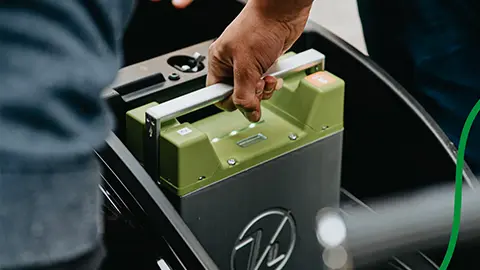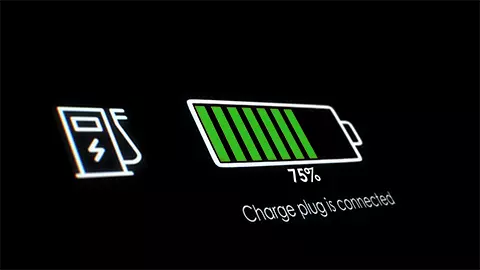How Are EV Batteries Made?
The high-capacity lithium-ion batteries that are used in electric cars recharge fully with minimum energy loss. They are made using carbon or graphite, a metal oxide, and lithium salt. Those elements make up the positive and negative electrodes and are combined with electrolytes to produce electric current. When the battery comes to the end of its useful life, it can be stripped down to reuse the raw materials and around 80 percent of the components are recyclable.
The key elements inside lithium-ion electric car batteries are the anode, cathode, separator, electrolyte, and lithium ions. The battery cells in EVs contain roughly 17 pounds of lithium carbonate, 77 pounds of nickel, 44 pounds of manganese, and 30 pounds of cobalt. The key component of EV batteries being lithium and demand for the material is at an all-time high.
That’s a problem as the discovery of new resources requires expert knowledge on where lithium resides on the earth’s surface and how it is concentrated, according to the U.S. Department of Energy. Materials used in these batteries such as cobalt, nickel, and lithium are all extracted using environmentally-damaging methods. Nearly 500,000 gallons of water are used to extract one ton of lithium.
Researchers are currently finding ways to remove nickel and cobalt from batteries. Companies such as Energy X have developed a system for the lithium extraction process that is a more sustainable system using Direct Lithium Extraction (DLE). This method collects a larger lithium yield at a faster rate and at a fraction of the cost without using as much water.

Where Are Electric Car Batteries Made?
Most lithium-ion battery packs for electric cars come from China, but governments all over the world are securing their own supply chains as the world rushes into the production of all-electric vehicles.
Currently, the components that make up these batteries come from several specific countries. For instance, half of the world’s cobalt comes from the Democratic Republic of Congo. Nickel is found in Indonesia, Australia, and Brazil. Meanwhile, 75 percent of lithium is mined in South America, specifically in Chile, Bolivia, and Argentina.
Billions of dollars are being spent by automakers and battery producers to reduce the cost of manufacturing and to find new ways of recycling EV batteries. The goal is to develop processes to recover valuable metals from old batteries rather than mine for new materials.
Automakers hope to eliminate the economic and environmental problems found in the mining and production of lithium-ion batteries by transitioning to solid-state batteries in EVs. These use solid ceramic material instead of liquid electrolytes to carry electric current, making the batteries cheaper, lighter, and faster to charge. Solid-state batteries can reduce the carbon footprint by 40 percent and are capable of a driving range of over 500 miles on a charge. BMW and Ford are testing these batteries for use in 2025 vehicles.














